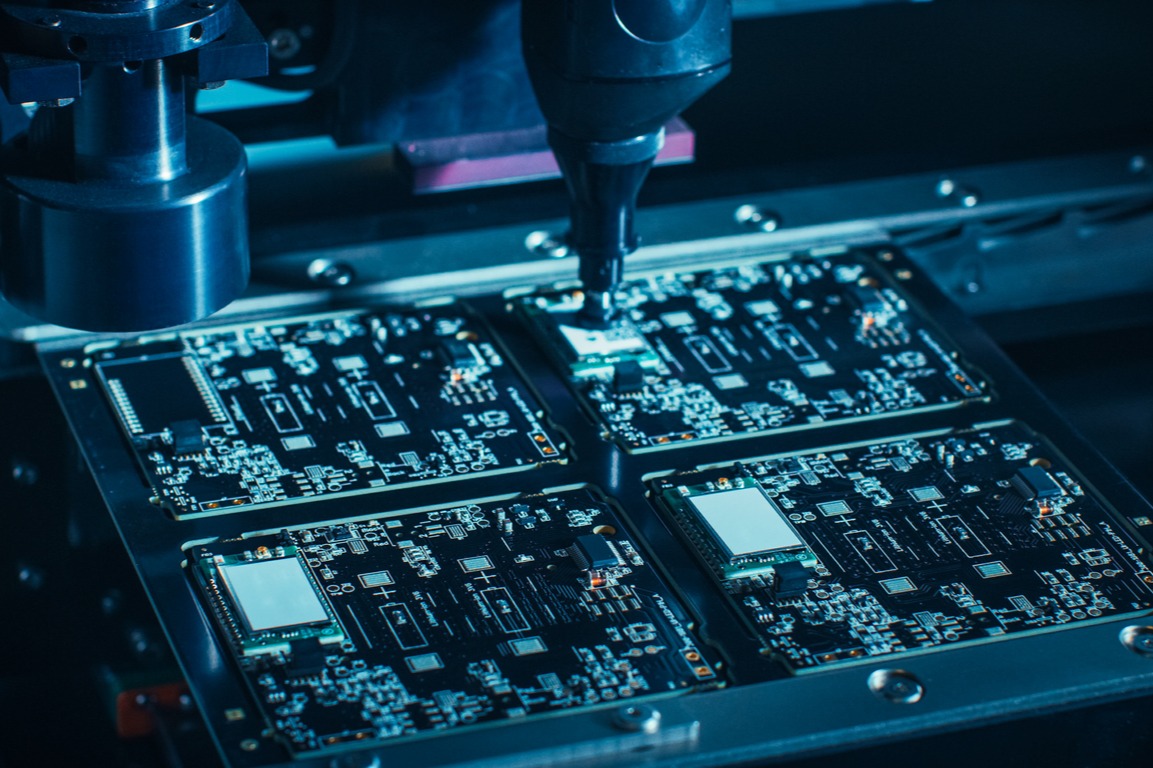7 No-Brainer Reasons to Prototype Your PCB Assembly
Prototyping is just as important to the electronics manufacturing process as designing, engineering, and testing. Ignore it at your own risk.
3 min read
 Matric Group
:
Jul 28, 2024
Matric Group
:
Jul 28, 2024

In the demanding field of printed circuit board (PCB) fabrication and manufacturing, closely adhering to industry standards is crucial for an OEM's success. The IPC 6011 standard is a fundamental guideline for PCB manufacturing.
The Institute of Printed Circuits is a global trade association that helps PCB manufacturers “build electronics better.” The association goes about this by:
In 1996, the organization created IPC-6011, “Generic Performance Specification for Printed Boards.”
Although IPC 6011 is more of a standard for bare board creation, as opposed to PCB layout and assembly, it’s still important for OEM and contractor to get a grasp of how these guidelines impact material choice, testing, and more.
IPC 6011 guidelines establish general requirements for printed boards and outline the level of quality and reliability they must meet. These standards etch into stone the ground rules for every step in:
Electronics OEM engineers and even purchasing managers often wonder what role they have to play in making sure their end products meet IPC guidelines. This FAQ should give you a jump-start in understanding the following factors:
A: The IPC 6011 standard specifies three class definitions, which reflect the level of quality from lowest to highest. The major difference in classifications is the degree of inspection required.
A Class 1 electronic device, like your kid’s talking Batman figure, has minimal impact on daily life if it breaks. A Class 2 device, such as a TV, is annoying to lose, but not devastating. A Class 3 device -- including medical and aerospace electronics -- absolutely cannot fail, or else human life could be at risk.
A: IPC 6011 affects every industry that uses PCB components. These include, but are not limited to:
A: IPC standards detail three levels of design producibility, which correlate to the need for higher sophistication in tooling, materials, and processing.
Something more difficult to produce may require increased testing and tighter tolerances, or additional assembly. Any of these needs will increase fabrication costs.
A: Although the end goal is always to produce high-quality stuff, defects are a way of life in PCB production. You can, however, reduce them by following proper protocol to avoid:
A: At the start of a project, the project leader and electronic designer are responsible for crossing initial planning items off the IPC checklist.
An engineer or a team of engineers will usually oversee the entire process from start to end.
A: While (most) PCB manufacturing and assembly services certainly strive to create reliable boards, it’s important that the OEM accurately specifies the class of board it wants. If you want to meet IPC Class 3 standards, work with a supplier that has the 3 “E”s relevant to those projects:
If your electronics support human life or safety, it’s especially crucial to share this information with the assembler.
Other factors that impact a PCB supplier’s ability to do its job include:
A: Since its inception in 1996, the IPC 6011 standard has undergone several updates to address advancements in PCB technology and manufacturing processes. These updates include:
The revisions ensure that the standard remains relevant and effective in guiding manufacturers to produce high-quality, reliable PCBs that meet industry demands.
Don’t take materials and design for granted when you get a third party involved in a Class 3 (or even a Class 2) electronics project. For the best results in attaining IPC-level quality, work with an electronics contract manufacturer that’s already well versed in IPC classifications.
For more on compliance requirements and standards that may affect your ability to do business, grab our free e-book below:

Prototyping is just as important to the electronics manufacturing process as designing, engineering, and testing. Ignore it at your own risk.

You’ve heard about the many great feats and discoveries in the aerospace industry. You’ve also heard about the tragedies that have happened when a...

When turned on, electrical equipment generates sparks. Some equipment generates heat that can lead to ignition, while electric arcing occurs between...